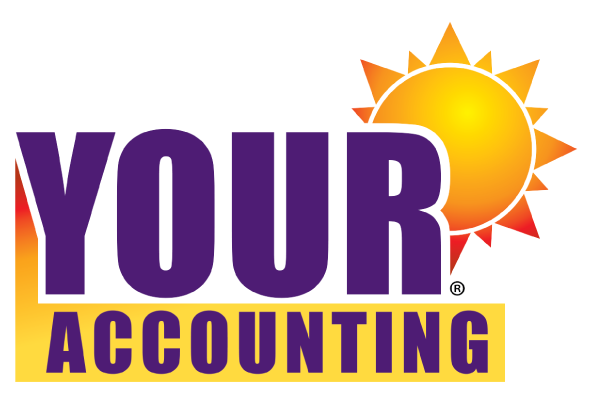Accounting is the language of business, serving as the foundation for financial decision-making and analysis. Whether you’re a business owner, an aspiring accountant, or simply interested in understanding the basics of finance, familiarity with key accounting terms is essential. In this blog post, we’ll explore the ten most common accounting terms that form the backbone of financial reporting and analysis.
- Assets:
Assets represent everything a business owns or controls that has economic value. Examples include cash, inventory, equipment, and accounts receivable. Assets are classified as current (short-term) or non-current (long-term), depending on their expected conversion to cash within one year.
- Liabilities:
Liabilities are the obligations or debts a business owes to external parties. They include loans, accounts payable, accrued expenses, and long-term debt. Like assets, liabilities can also be categorized as current or non-current, based on their maturity dates.
- Equity:
Equity, also known as owner’s equity or shareholders’ equity, represents the residual interest in the assets of a business after deducting liabilities. It reflects the owners’ investment and retained earnings. Equity can be further divided into common stock, preferred stock, and retained earnings.
- Revenue:
Revenue refers to the income generated from a company’s primary activities, such as sales of goods or services. It is recognized when goods are delivered or services are provided to customers and is recorded as revenue in the income statement.
- Expenses:
Expenses are the costs incurred by a business in the process of generating revenue. They can include items such as salaries, rent, utilities, and advertising expenses. Expenses are deducted from revenue to determine the net income or loss.
- Profit:
Profit, also known as net income or earnings, is the financial gain earned by a business after deducting all expenses from revenue. It serves as a key indicator of a company’s financial performance.
- Depreciation:
Depreciation is an accounting method used to allocate the cost of tangible assets (e.g., buildings, equipment) over their useful lives. It recognizes the gradual wear and tear or obsolescence of assets, allowing businesses to spread their costs over time.
- Accounts Payable:
Accounts payable (AP) refers to the amounts owed by a company to its suppliers or vendors for goods or services received but not yet paid for. It represents a short-term liability that needs to be settled within a specific period, often within 30 to 90 days.
- Accounts Receivable:
Accounts receivable (AR) is the opposite of accounts payable. It represents the amounts owed to a business by its customers for goods or services sold on credit. AR is recorded as an asset and should be collected within a predetermined time frame, known as the credit period.
- Cash Flow:
Cash flow refers to the movement of cash in and out of a business over a given period. It provides insight into a company’s liquidity and ability to meet its financial obligations. Cash flow is categorized into operating, investing, and financing activities in the cash flow statement.
While the field of accounting encompasses a wide range of concepts and terms, understanding the ten most common accounting terms covered in this blog post is an excellent starting point for financial literacy. By grasping these foundational concepts, you’ll be better equipped to interpret financial statements, assess business performance, and make informed financial decisions. So dive into the world of accounting with confidence, as you now have a solid understanding of these key terms that are fundamental to the language of business.

Recent Comments